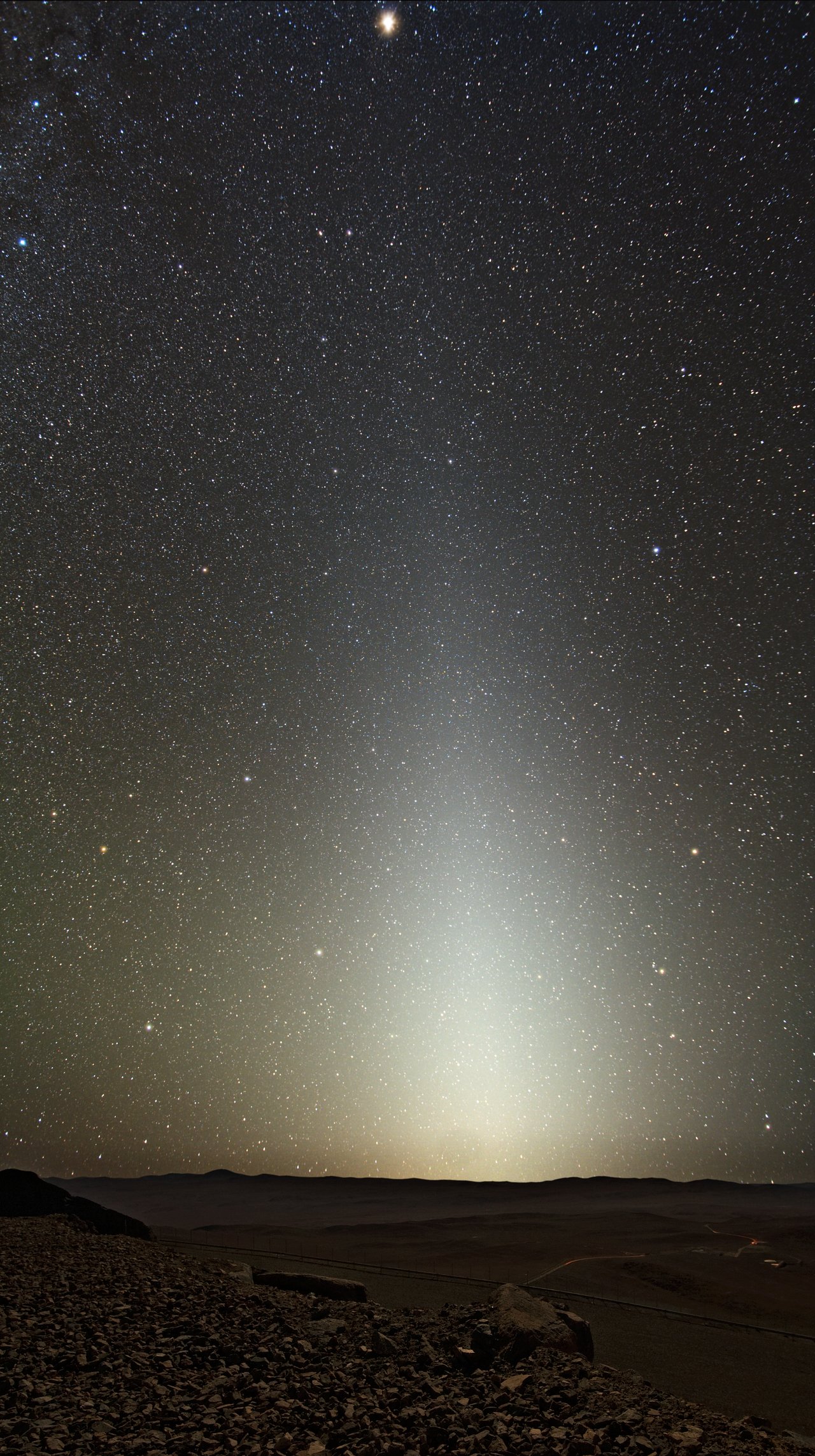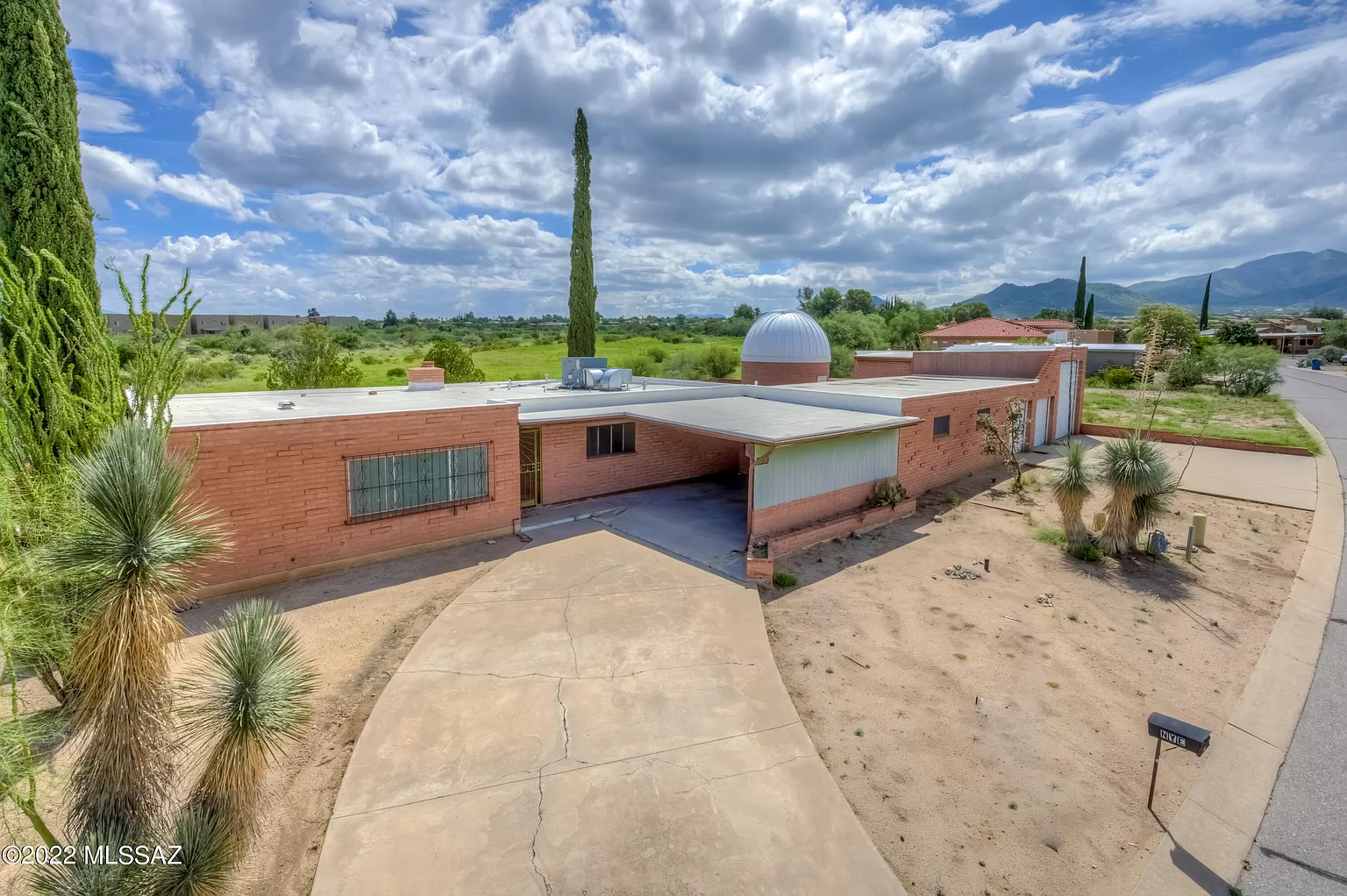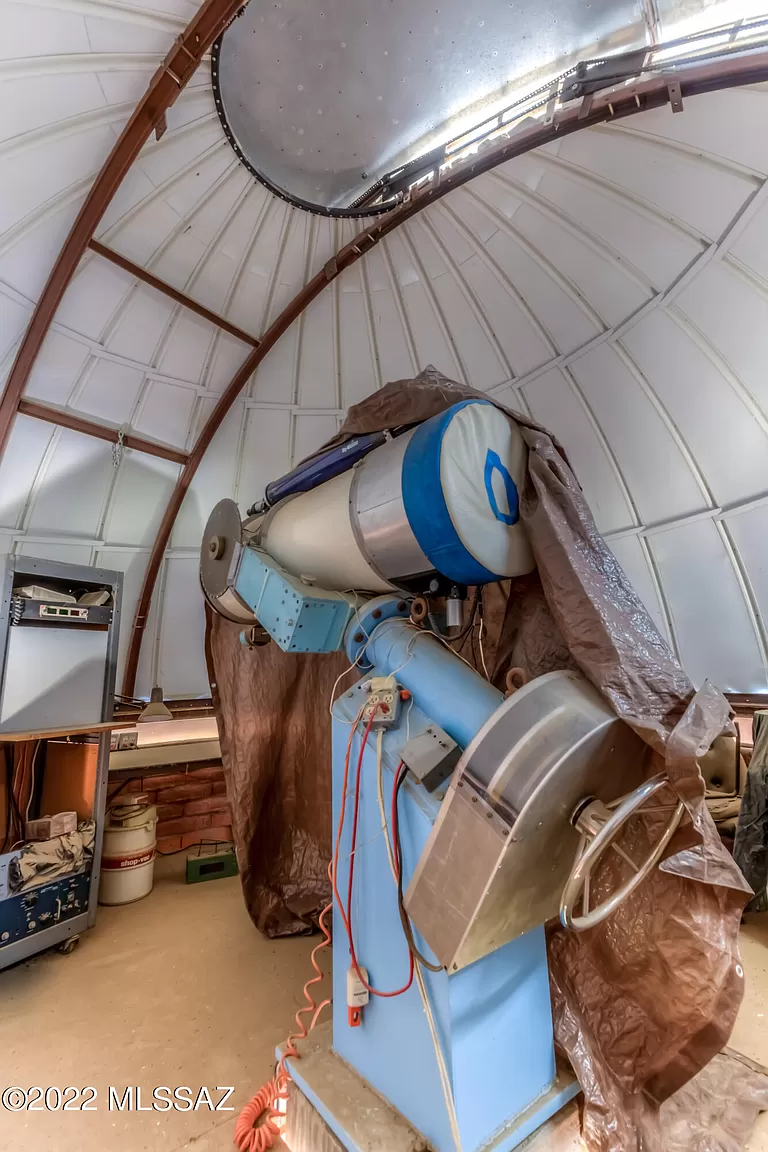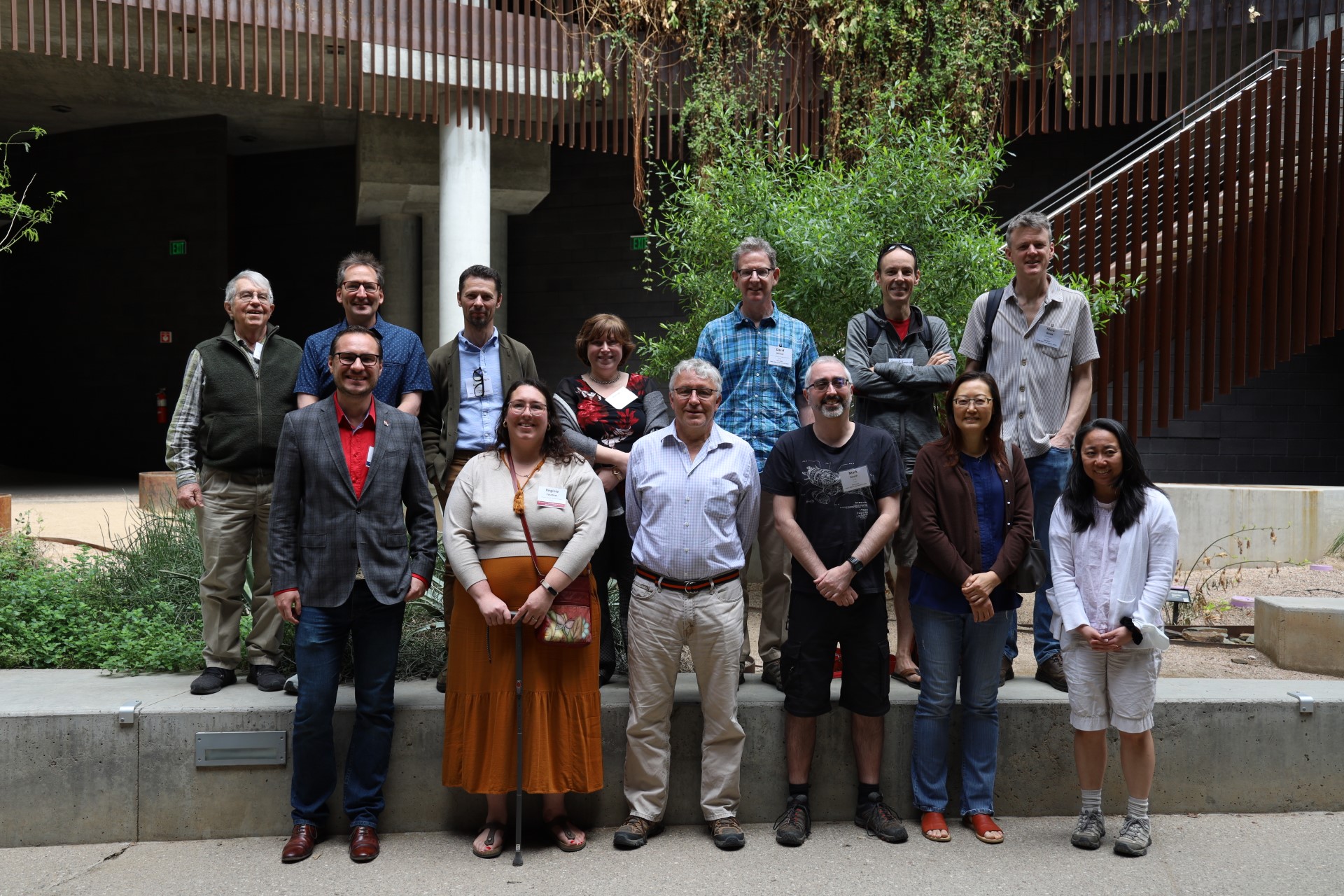Work
My work consists in studying exoplanetary systems evolution, and in particular, the interactions between exoplanets and debris disks. I am currently the PI of a NASA-Exoplanet Research grant called "Planet-Disks Interactions, Exocomets, and Seeds for Life" , that is focused on studying how planet-disk interactions can transfer material from beyond the ice-line into Habitable Zones, and how this material can impact the lives of exoplanets residing there. Is it going to destroy or produce atmospheres? Is it going to provide chemicals essential to the emergence of life? Is it going to create massive extinctions? Is it going to leave trails of dust that will mask those planets to future Habitable Zone exoplanet imaging and characterization missions? Providing tidbits of answers to these questions is the core of my research. I use both analytical and numerical tools (mainly celestial mechanics and N-body simulations). I also observe debris disks, from Kuiper belts analogues (with e.g., Herschel, ALMA) to Asteroid belts analogues (with SOFIA) to Zodiacal clouds analogues (with LBTI). I also enjoy mentoring, teaching, and contributing to the life of Steward Observatory and University of Arizona. Conditions permitting, I regularly work with undergraduate students on small projects, and regularly have high-school students shadowing me to discover the everyday life of an astronomer. Do not hesitate to get in touch! Finally, as a first-gen and autistic woman in STEM, navigating academia was not always easy. I am eager to support everyone according to their specific needs and bring my perspective and experience to the table to do so. I thrive to educate myself continuously on best management and mentoring practices, and to incorporate those in my everyday work.
You will find below links to my publications, highlights of other projects I am involved in, and detailed descriptions of some of my projects.
Highlights:
The debris disk of HR 8799 seen with ALMA

HD 8799 is one of the rare systems in which planets have been directly imaged. Even rarer, it is a system where both planets and debris components are visible. The structure of the HR 8799 system mimics that of the Solar System: an Asteroid-belt analogue is surrounded by four giant planets, themselves enclosed by a Kuiper-belt analogue. HR 8799 is somewhat a slightly younger, amore massive, and more extended version of the Solar System. It has therefore been a great playground for many astronomer in the past decade. Why is this system twice as extended as the Solar System? Why are the giant planets all at least five times more massive than Jupiter? Are there other planets in this system? While the access to terrestrial-like planets close to the star and below the asteroid belt is still difficult, there seemed to be clues for an extra planet to be beyond the outermost giant HR 8799 b. Indeed, measurements carried out on the Kuiper-belt analogue with ALMA at 1.3mm indicated that the inner edge was too far out to be sculpted by planet b, and that there was room for an additional less massive planet that remained to be discovered, but this remained relatively uncertain. Thanks to the ALMA facility, I was able to image the disk at 870 microns and get a clearer picture of it. I found that the inner edge of the disk is not abrupt as was expected. This leaves room either for a planet that is little massive and has not completely cleared its surroundings, or material trapped in resonance. The mystery is not entirely solved, but future modelling work will now have a reliable map of the disk at SNR high enough for accurate comparison between models to be made. You will find a link to the publication below.
Publications:
Here are links to a selection of publications.
Past projects I've been involved in:
The eccentric debris disk of HD 202628 seen with ALMA

HD 202628 is a Gyr-old star, and thus a mature star comparable to our Sun. Similar to the Solar System, it hosts an analogue to the Kuiper Belt, which was first revealed by the Hubble Space Telescope. Actually, this is the faintest belt ever resolved in scattered light. However, the Kuiper Belt analogue around HD 202628 is intrinsically eccentric (its geometrical center is offset from the star), which indicates it is sculpted by a planet on an eccentric orbit, which contrasts with the planets on circular orbits contained in the Solar System. This system is one of the steps needed to unravel the whole diversity of mature planetary systems, understand different outcomes and evolutions, and put our own Solar System in perspective. Here I have obtained ALMA observations of this debris disk as Principal Investigator: the wavelengths investigated by ALMA reveal dust grains that are little affected by stellar radiation effects, and thus the gravitational imprint of the planet is seen more clearly. This allows us in turn to set constraints on the yet invisible planet. At this stage, we suspect that the source S1 might be material orbiting this planet, potentially under the form of a giant ring system. Combining our ALMA data with Hubble and Herschel data allowed us to carry out a thorough analysis. You will find a link to the publication below.
Gaps in the debris disks of HD 92945 and HD 107146


Using the Atacama Large Millimeter/submillimeter Array (ALMA), the team led by Sebastian Marino has identified gaps in two debris disks, those of HD 107146 (top) and HD 92945 (bottom), questioning how far planets can form from their host stars.
The debris disk of HR 8799

Astronomers using the Atacama Large Millimeter/submillimeter Array (ALMA) have made the first high-resolution image of the cometary belt (a region analogous to our own Kuiper belt) around HR 8799, the only star where multiple planets have been imaged directly.
Some projects in detail:
Prints of planets in debris discs

Herschel vs Synthetic image of the debris disc of ζ2Ret (Faramaz et al., 2014)
At least ~20 % of Main-Sequence stars are known to harbor debris discs analogues to the Kuiper Belt. These discs are proof that the accretion of solids has permitted the formation of at least km-sized bodies. It is thus not surprising that several of these discs are accompanied by planets, which may reveal themselves by setting their dynamical imprints on the spatial structure of debris disks. Therefore, the detection of an eccentric debris disk surrounding ζ2 Ret by the Herschel space telescope provides evidence for the presence of a massive perturber in this system. ζ2 Ret being a mature Gyr-old system, and in that sense, analogous to our own Solar System, it offers a different example of long-term dynamical evolution. During my PhD, I carried out a detailed modelling of the structure of the debris disc of ζ2 Ret, which lead to constraints on the mass and orbital characteristics of the putative perturber. This study also reveals that eccentric structures in debris discs can survive on Gyr timescales (Faramaz et al., 2014).
Detailed modelling of the structure of debris disks can allow the posterior discovery of hidden planets, as is the case for the Fomalhaut system (see next section). However, this requires first to obtain detailed informations on the spatial structure of those discs. In the case of ζ2 Ret, resolved images of the disc were obtained with Herschel, that is, in space. Today, the observatory that certainly has the better capabilities to obtain detailed resolved images of debris disc is the Radio-interferometer ALMA. Moreover, with ALMA, mm-sized grain sizes are probed. These grains are much little sensitive to stellar radiation effects, and their spatial distribution bears a "purer" gravitational prints of planets than that of micron-sized grains. Using ALMA, a team led by Mark Booth (PI) obtained the first high-resolution image of the cometary belt around HR 8799, the only star where multiple planets have been imaged directly. The disc inner edge position has been found to be too far out to be explained simply by interactions with the outermost planet, HR 8799 b. It suggest either that the system has a more complicated dynamical history, or that there is an extra planet beyond HR 8799 b (Booth et al., 2016).
On the other hand, ALMA observations have been carried out as well for the debris disk of ζ2 Ret (PI: V. Faramaz). It appears that a double lobe structure is recovered with ALMA, but that it does not surround the star as seen in Herschel images. Taking into account the star's proper motion, it appears that the star would have been surrounded by the double lobe structure seen with ALMA at the time of the Herschel observations, leading us to believe that the lobes seen with Herschel were in fact background confusion and not a debris disk (Faramaz et al., 2018).
However, everything is not lost in the quest to unravel the diversity of mature Gyr-old systems, as an eccentric debris disk has been revealed by the Hubble Space Telecope around the star HD 202628. Observations have been carried out with ALMA (PI: V. Faramaz), have been presented at the AAS Meeting early 2019 (Faramaz et al., 2019), and will be soon published.

Debris disc and orbit of Fom b (Kalas et al. 2013) and combined HST and ALMA observations of the debris disc (Boley et al. 2012)
The case of the Fomalhaut system
The eccentric shape of the debris disc observed around the star Fomalhaut was first attributed to Fom b, a companion detected near the belt inner-edge, which revealed to be highly eccentric (e ~ 0.6-0.9), and thus very unlikely shaping the belt (Beust et al., 2014) . This hints at the presence of another massive body in this system, Fom c, which drives the debris disk shape. The resulting planetary system is highly unstable, which involves a recent scattering of Fom b on its current orbit, potentially with the yet undetected Fom c. This scenario was investigated during my PhD, and its study revealed that by having resided in inner mean-motion resonance with a Neptune or Saturn-mass belt-shaping eccentric Fom c and therefore have suffered a gradual resonant eccentricity increase on timescales comparable to the age of the system (~440 Myr), Fom b could have been brought close enough to Fom c and suffered a recent scattering event, which, complemented by a secular evolution with Fom c, explains its current orbital configuration (Faramaz et al., 2015) .

Zodiacal light seen from Paranal (ESO/Y. Beletsky)
The three-step scenario unraveled in the context of the study of the dynamical history of the Fomalhaut system can to occur for a large range of planetary masses and semi-major axes. This implies that material may be set very generically on extremely eccentric orbits through this mechanism, which in return could feed in dust the inner parts of the system. Therefore, this mechanism may also explain the presence of inner dust belts in the Fomalhaut system (Lebreton et al., 2013) , but also the discovery a significant population of very bright hot dust belts, especially in systems older than 100 Myr. Indeed, starting from a realistic reservoir, that could have remained unseen, this mechanism can set km-sized bodies on cometary orbits such that the replenishment rate of an exozodi is compatible with observations, and can be sustained over Gyr timescales (Faramaz et al., 2017) .
Dynamical evolution of planetary systems
The planetary systems discovered so far exhibit a great variety of architectures, and our solar system is far from being a generic model. One of the main mechanism that determines a planetary system morphology is planetary migration. The presence of a stellar binary companion - which our solar system is deprived of - is expected to affect planetary migration conditions, and potentially lead to the formation of very different planetary systems. This phenomenon is obviously non-negligible since binary systems represent at least half of stellar systems. At late stages of planetary systems evolution, planetary migration may occur as the result of interactions with remaining solid planetesimals and the impact of binarity on this planetesimal-driven migration is explored in this thesis. A stellar binary companion may in fact reverse the tendency for planets in single star systems to migrate inwards, and bring them closer to regions perturbed by the binary companion, where they could not have formed in situ (Faramaz et al., 2014) .
The DnD Nye Observatory

In 2022, Dean and I bought this wonderful house equipped with an observatory. This observatory was built by Derald Nye . He originally named it the Kirmser-Wakabayashi Observatory. It is a 2-story observatory topped by an 18.5' dome. Derald was passionate about Solar eclipses. Together with his beloved spouse Denise , he traveled to all of the continents and over 90 countries and island groups, including 28 trips to view total and annular solar eclipses. You can learn about their trip to the 1992 annular eclipse in Micronesia here . They were jointly honored when the International Astronomical Union named asteroid number 3685, as DERDENYE for them. In total, Derald went on 42 solar eclipse trips where he often collected data for a long-term solar radius study by the International Occultation Timing Association (IOTA). Two eclipse trips included airplanes following the eclipse path to ensure cloudless observation and an extended time in totality. In honor of both of them, the Observatory is now the Denise and Derald Nye Observatory. Our goal is to restore this observatory to its glory, and make it a place for people to learn about space and telescopes. Ultimately, we would like to organize observation nights, and project views from the telescope onto a giant screen that people can watch comfortably installed in our backyard with some hot beverages. This project is going to cost money and keep us busy for a while, and we will setup social media channels from which you can follow the renovation of the observatory. Stay tuned!!













